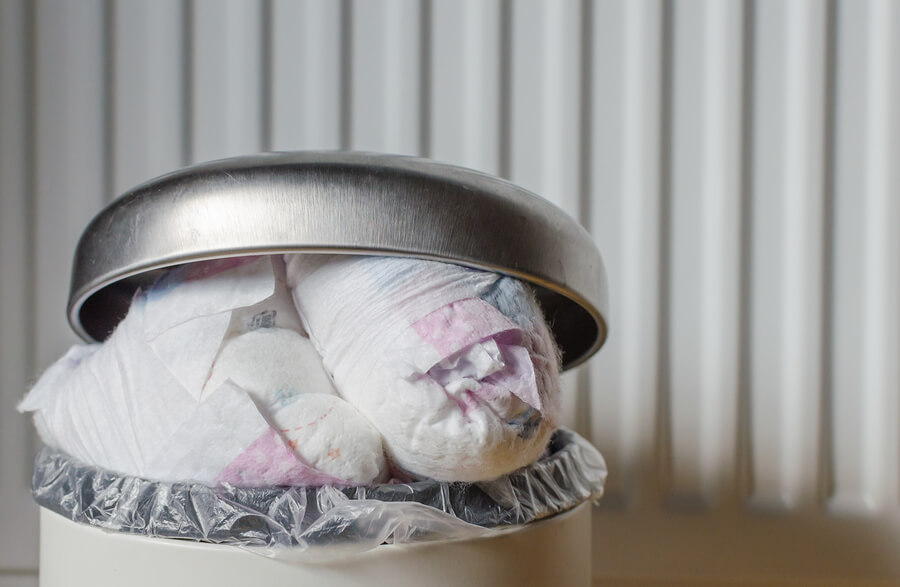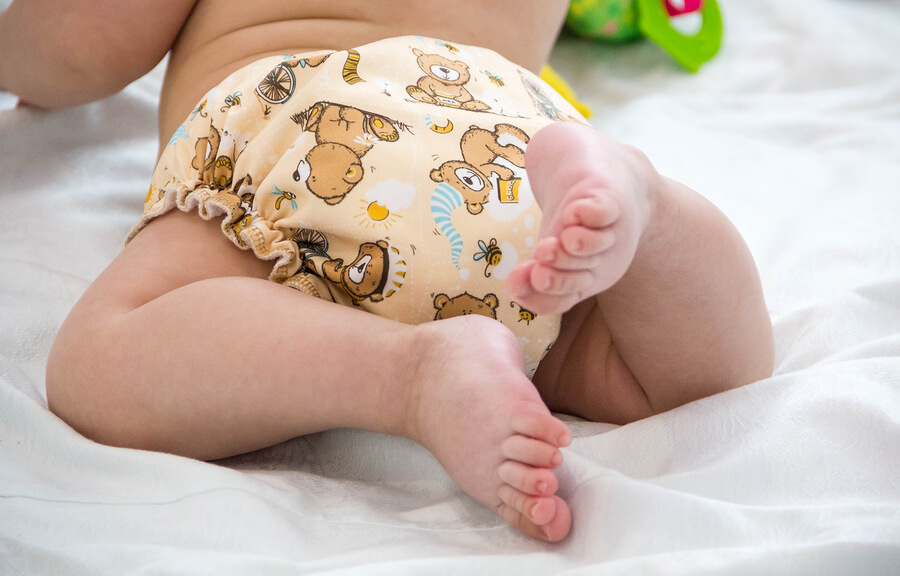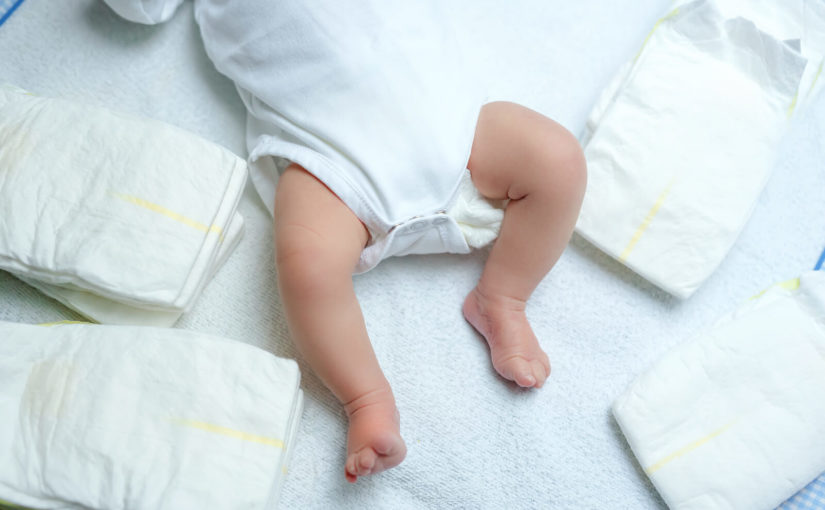If you have recently given birth to a little bundle of joy or are currently parenting a toddler, then you’ll definitely know your way around a nappy by now!
If you are pregnant with a little one on the way, then you may have started researching all the bits and bobs that are part of life with a baby, too.
Nappies account for 2-3 per cent of all household waste in the UK, according to Wrap, and each baby gets through between 4,000 and 6,000 before they are potty trained.
Why are disposable nappies not eco-friendly?

Standard disposable nappies are very unkind to the environment as they are used once and then thrown away to go to landfill or be burnt.
While the burning of waste produces energy, I think we can all agree that it would be better to create less waste in the first place.
Not only that, but single-use nappies are made of plastic, which will leach chemicals when left in landfill for years.
What are the eco-friendlier alternatives to nappies?
So, what are the alternatives to single-use nappies for those who want to live a more sustainable lifestyle and move away from standard nappies?
Biodegradable nappies
A wealth of biodegradable nappies have come on to the market in recent years, which are very similar to regular nappies but said to take far less time to break down in landfill (some take 10 years, for example, as opposed to 500).
However, it is worth bearing in mind that real landfill conditions might alter this time frame dramatically as waste breaks down much quicker when it has access to oxygen.
There are other benefits to biodegradable nappies too though, including some being made from sustainably sourced materials.
Also, changing from regular nappies to biodegradables won’t feel like such a big change for you or baby.
Cloth nappies

Cloth nappies are a reusable alternative to the single-use variety, and one set will often last you until the potty training begins.
Interestingly, cloth nappies were the norm before disposables were invented but as soon as disposables went on sale everyone wanted to use them instead as they were super convenient.
There is a wide variety of cloth nappies available nowadays, including all-in-one nappies and those with removable pads.
Not only could this be an eco-friendly switch, but it could potentially save you some money in the long run. However, there will be more to pay upfront.
Bear in mind though that cloth nappies could work out worse than single-use when it comes to carbon emissions — this is due to the energy required to wash and dry them.
No nappies
This may seem quite a radical solution to some, but some parents choose to skip nappies altogether and instead practise a theory known as elimination communication.
This involves learning the signs of when your baby needs to go to the toilet and moving them so they can hover over a potty, toilet or similar in time for the action.
Of course, this method wouldn’t work for everyone, and there may be issues when out in public if you can’t reach a toilet in time.
Which nappies do you use for your little one(s)? Let us know which and why in the comments!
